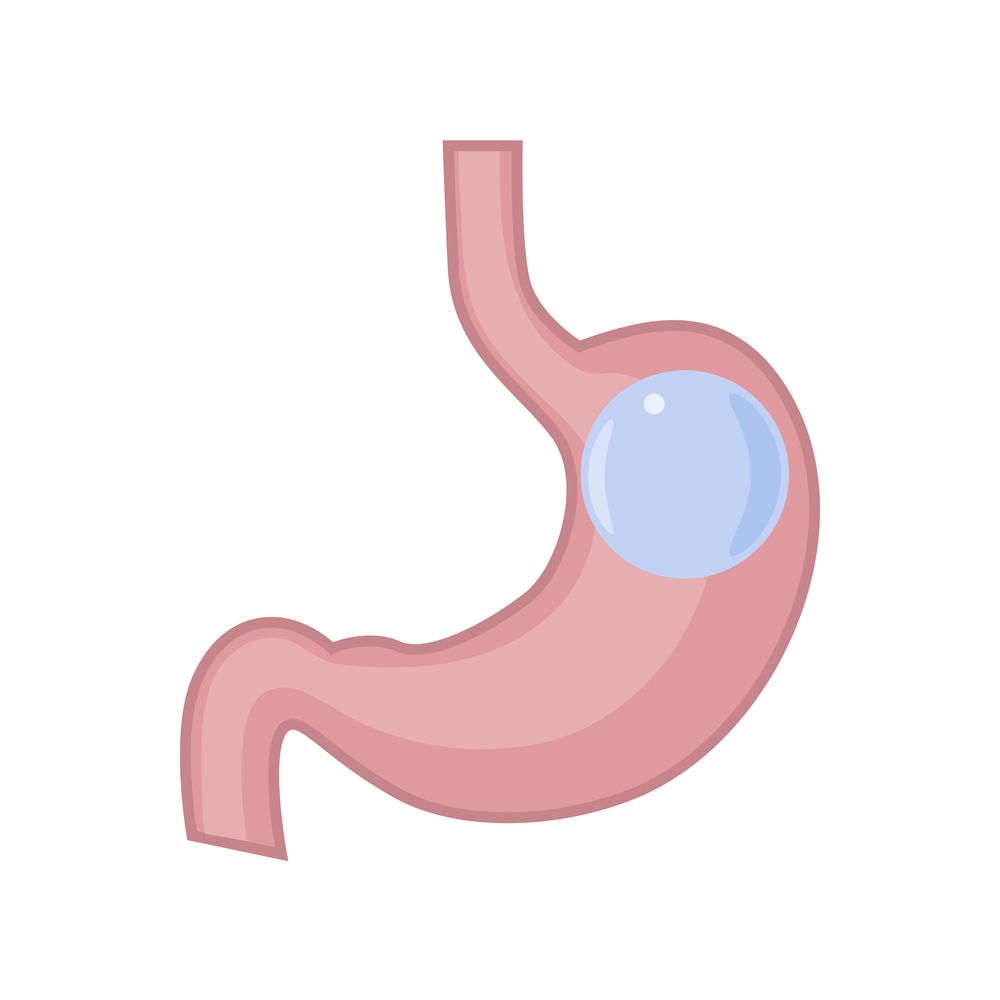

#Stomach stapled side effects series#
#Stomach stapled side effects how to#
SLIDESHOW How to Lose Weight Without Dieting: 24 Fast Facts See Slideshow Nevertheless, patients should consider bariatric surgery only after exhausting other options for weight loss like dieting, exercise, and drug treatments. Obesity is a major health problem worldwide, and bariatric surgery provides the most significant and sustained weight loss solution for obese patients. Obesity can cause a host of health issues including It might also be recommended for people with a BMI between 30 and 40 if they also have diseases such as diabetes, high blood pressure, fatty liver, or sleep apnea. People consider bariatric surgery when the BMI is 40 or above. Other factors like muscle mass and waist circumference also factor into a diagnosis of obesity. A person with a body mass index of 30 or more is considered obese. How much do you have to weigh to get a weight loss surgery?īariatric surgery helps obese people lose weight by reducing the capacity of their digestion and appetite. It results in quicker weight loss, but the risks of hernias, nutrient deficiency, and dumping syndrome are higher. This is more complicated and riskier than the other surgeries and less commonly performed. It can also cause dumping syndrome where the food is dumped from the stomach into the intestines before it is properly digested. The drawbacks are hernias, and nutrient deficiencies because of malabsorption.

It also has good long-term results in keeping weight off. It is useful for patients suffering from obesity-related conditions to improve their health quickly. This surgery enables swift weight loss that continues for up to 2 years. This is a newer procedure and long-term benefits and risks are still under evaluation. The weight loss is significant and nutrient absorption is not affected. This is a relatively safe and simple surgery for morbidly obese people who have other health complications. Because the surgery doesn’t affect nutrient absorption, there is less risk of nutrient deficiency. Also, individuals with gastric banding are more likely to regain weight in the long run. The weight loss is lower than the other surgeries, however. This is the simplest and safest procedure for bariatric surgeries. All surgeries carry a certain amount of risk, but restrictive surgeries are safer than restrictive/malabsorptive surgeries as they do not permanently interfere with the digestive system. The surgeon suggests the type of surgery based on the individual’s health and needs.

How much do you have to weigh to get a weight loss surgery?.


 0 kommentar(er)
0 kommentar(er)
